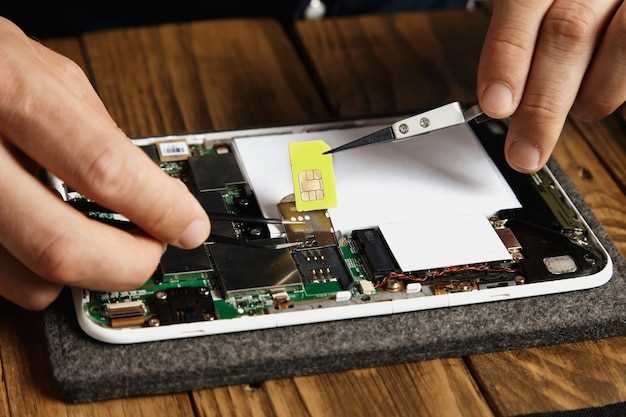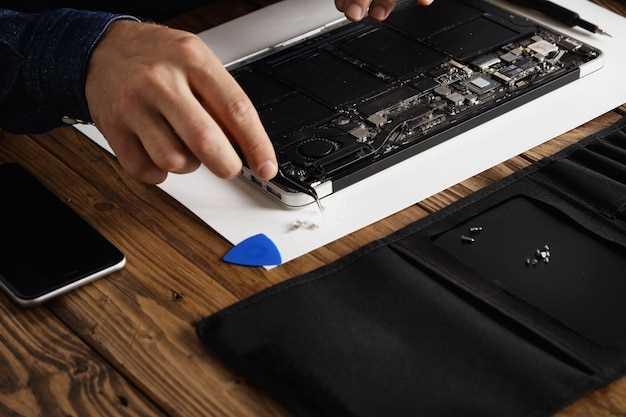
Troubleshooting technological challenges, particularly with advanced devices like Samsung smartphones, can be a daunting task. However, confronting the issue of a Samsung screen not responding can be effectively addressed with the right approach. This comprehensive analysis will delve into the potential reasons behind this prevalent concern and provide a meticulous solution for each scenario.
When a Samsung display ceases to respond, it poses a significant inconvenience, hindering users from interacting with their devices. Understanding the underlying causes is paramount to devising effective solutions. This guide will explore the possible culprits, including hardware malfunctions, software glitches, or external factors impacting the display’s functionality.
Troubleshooting Battery and Power Issues
Table of Contents
Troubleshooting battery and power issues involves examining various potential causes that may prevent a device’s display from illuminating. These issues can range from battery depletion to malfunctions in the power supply or charging components.
Checking the Screen and Display Settings
Inspecting the display settings is paramount in diagnosing any issues related to screen visibility. Verify that the screen brightness is adjusted to an optimal level, as an overly dim display can make the content difficult to discern. Additionally, check the display resolution and ensure it matches the recommended settings for your device. Incorrect resolution can cause distortion or blurry images.
Performing a Soft Reset and Safe Mode Test
When your device’s display remains unresponsive, consider implementing these troubleshooting measures to potentially resolve the issue. By performing a soft reset and testing in safe mode, you can isolate any potential software-related malfunctions and restore optimal functionality to your device.
Soft Reset
A soft reset, also known as a power cycle, involves restarting your device. This action clears the device’s memory, potentially resolving minor software glitches and restoring its responsiveness. To perform a soft reset, press and hold the power button for a few seconds. Once the device powers down, wait a few moments and then press and hold the power button again to restart it.
Safe Mode Test
In safe mode, your device operates using only essential built-in software. This mode isolates any potential issues caused by third-party apps. To enter safe mode, power on your device and immediately press and hold the volume down button. Keep holding it until you see the safe mode indication on the screen. In safe mode, observe the behavior of your device’s display. If the screen responds normally, it suggests that a third-party app may be causing the unresponsive behavior.
Using the Recovery Mode and Factory Reset

If other troubleshooting attempts have failed, consider employing the Recovery Mode and factory reset. This drastic approach restores your device to its original factory settings, potentially resolving software-related issues that may hinder screen functionality. However, this process erases all user data; therefore, back up any crucial information before proceeding.
To access the Recovery Mode, power off your device and simultaneously hold the volume up, home (if applicable), and power buttons. Once the device vibrates, release the power button while continuing to hold the other two. Navigate through the Recovery Menu using the volume buttons and select the “Factory Reset” option.
Understand that this operation cannot be undone, so carefully consider your decision before executing a factory reset. It provides a clean slate for your device, potentially resolving screen issues but also eliminating all user data and installed applications.
Seeking Professional Help from Samsung Support
If you have exhausted all self-troubleshooting measures and your device remains unresponsive, reaching out to Samsung Support can provide access to expert technical assistance. Their trained technicians have the knowledge and resources to diagnose and resolve complex issues, ensuring efficient and reliable solutions.
Additional Tips and Troubleshooting Scenarios
Beyond the common solutions addressed previously, consider these additional strategies and troubleshooting scenarios:
Check the Display Connection: Ensure the display connection between the device and monitor or TV is secure. Verify that cables are properly connected and make sure there is no physical damage.
Question-Answer
My Samsung phone’s screen won’t turn on. What should I do first?
If your Samsung phone’s screen is not turning on, the first step is to check if the issue is hardware or software related. Try connecting your phone to a charger. If the charging indicator appears on the screen, the issue is likely software related. If there is no response, the issue may be hardware related and will require further troubleshooting.
I’ve tried charging my phone, but the screen still won’t turn on. What could be wrong?
If charging your phone does not resolve the issue, the problem may be with the screen itself or with the connection between the screen and the motherboard. Inspect the screen for any visible damage, such as cracks or scratches. If there is any physical damage, the screen may need to be replaced. If there is no visible damage, try restarting your phone by holding down the power button for at least 10 seconds. If the screen remains blank, the issue may require professional repair.
I’ve tried all the troubleshooting steps in the article, but my phone’s screen is still not turning on. What should I do now?
If you have tried all the troubleshooting steps outlined in the article and your phone’s screen is still not turning on, it is recommended to contact Samsung customer support or visit an authorized repair center. They will be able to diagnose the issue and provide a solution, which may involve repairing or replacing the screen or other components.
Is it possible to fix a Samsung phone with a black screen at home?
In some cases, it is possible to fix a Samsung phone with a black screen at home. First, check if the phone is responding to button presses. If it is, try a soft reset by holding down the power and volume down buttons simultaneously for at least 10 seconds. If the phone restarts and the screen turns on, the issue may have been caused by a software glitch. If the phone does not respond to button presses or the screen remains black after a soft reset, it is likely a hardware issue that will require professional repair.
How can I prevent my Samsung phone’s screen from turning on accidentally?
To prevent your Samsung phone’s screen from turning on accidentally, such as when it is in your pocket or bag, you can enable the “Accidental touch protection” feature. This feature can be found in the “Settings” app under “Display.” Once enabled, the screen will be less sensitive to accidental touches when the phone is locked and carried around.
 New mods for android everyday
New mods for android everyday



